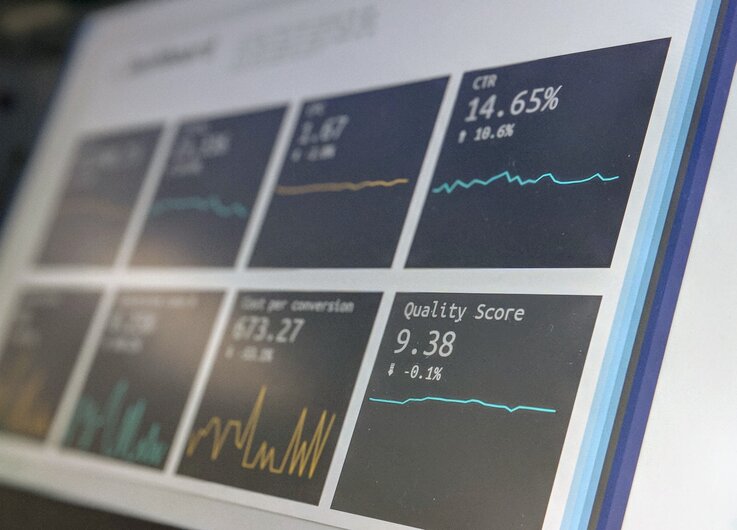What makes the TPP so relevant is the deep, interlocking nature of the commitments. Unlike other free trade agreements (FTAs), the TPP doesn’t simply open up trade in some goods or partially address services or investment. It manages to better reflect the way that firms actually structure business operations today.
It will allow companies to more seamlessly move goods, services, and investments between and across TPP member markets. This benefits not just the biggest firms that have always had advantages of scale, but smaller firms that often struggle to sort out complex rules in trade deals.
What is different in the TPP11 from the originally negotiated agreement? While the final texts and schedules have not been released yet, the short answer is likely to be not much of importance for most firms.
For most members, the specific commitments on goods, services, investment and the like appear to be unchanged. In other words, the tariff commitments, as one example, do not appear to have been touched. If a member promised to drop tariffs on a good to zero on the first day of the agreement in TPP, this was not altered in TPP11.
What has been adjusted in the wake of US withdrawal is the “freezing” of some of the rules provisions. In practice, this means that some of the text will not apply for now.
Which parts of the text will not apply? Again, we will have to wait to see exactly, but some elements that are currently frozen includes the highly contentious rules around patent protections for test data for a class of pharmaceutical products call biologics.
Is this important for TPP11 member firms? Actually, probably not, given that TPP11 member firms do not make many (or any) biologic drugs.
Other changes in the texts include other provisions in the intellectual property rights chapter, including the extension of copyright to 70 years. For members that currently only protect for 50 years beyond the life of the author, this remains the rule for now.
Some firms will be disappointed with the changes from the original TPP texts. But the majority will not notice much of a difference.
There are also likely to be new side letters between some of the TPP signatories that may include either new provisions or new exemptions between some members. These will need to be read carefully when they are released, as members can embed some interesting, and often deeply problematic, provisions in side letters. [Readers may recall that the worst bits of the TPP labor provisions were originally found in the side letters between the US and Vietnam, not in the TPP labor chapter.]
The final release of TPP11 texts and schedules should be forthcoming shortly. The TPP legal teams will need to examine the drafting done in haste over the past week in Danang to ensure that nothing egregious was included by mistake that contradicts other provisions in the agreement. This was, some readers will recall, similar to the schedule followed by the original deal as well.
There has been quite a bit of confusion in Danang this week, as officials, ministers and leaders scrambled to lock down the final deal. More than once, they thought they had it finished, only to see resistance pop up from often unexpected quarters. At the final press conference, leaders could only declare a "broad agreement" with a few outstanding issues to be ironed out. However, given the fact that the whole deal was agreed multiple times over the APEC week, it is probable that the TPP agreement will be concluded shortly, even on the "outstanding" issues.
Expect leaders to officially sign the final texts and schedules early in 2018. Entry into force could be as soon as next year or, potentially, January 2019. It is unlikely that all members will need to be present for TPP11 to come into force. This, too, is similar to the original agreement that did not require all 12 to trigger entry.
The benefits for TPP firms are substantial. The agreement will create new market opportunities or result in significant cost savings. This is true even for companies that already have access to preferential trade agreements.
The original TPP texts and schedules can be found
here. When new documents are released, we will update our website with the relevant links.
See our latest
booklet on how companies should prepare for the arrival of TPP11. Contact us at the Asian Trade Centre for help. Our website contains many
materials on the TPP, including other booklets on TPP11 benefits worth exploring.
While firms need to plan ahead and think carefully about to take advantage of the agreement, companies will also need to monitor the implementation of the agreement in TPP markets. The TPP is a massive document, but in many cases it remains a guidebook for governments. What also matters is how governments opt to implement the new rules and guidelines at the domestic and local levels.
As we move ahead to implement the agreement and think about expansion to new members in the future, the ATC is pleased to announce the launch of the Asia Business Trade Association (ABTA). Further details will be available soon, but this pan-Asian group of large and small firms is poised to help firms tackle the regulatory and other barriers to trade in Asia. Check us out at asiabusiness.trade.
